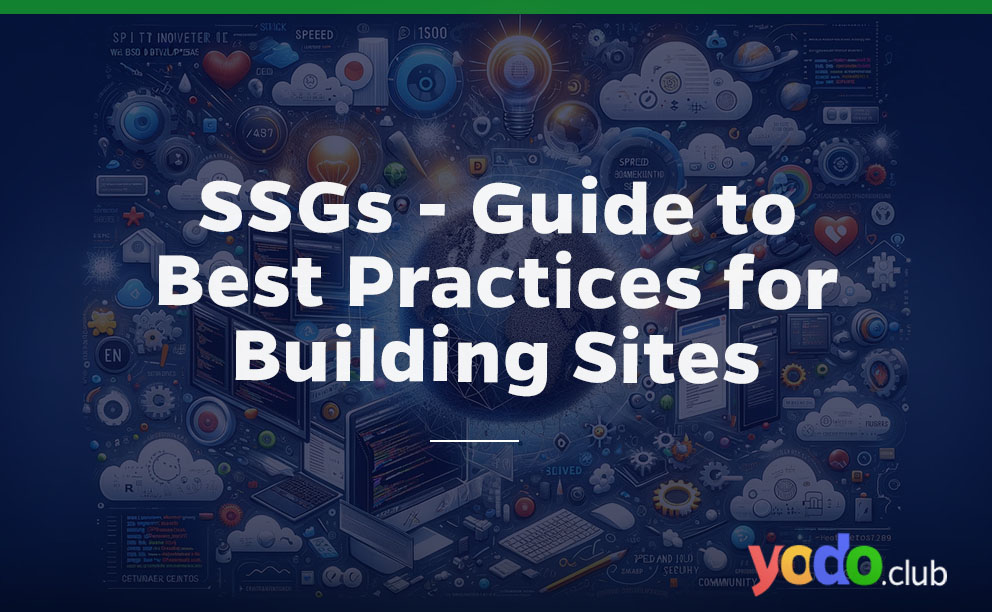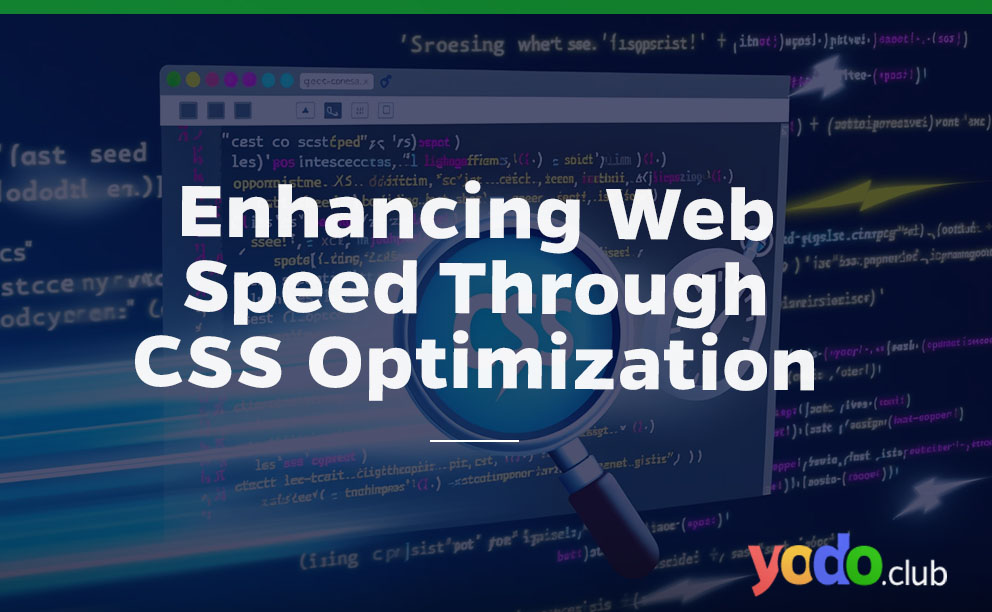Static Site Generators (SSGs) have become a pivotal technology in web development, known for their simplicity, security, and performance. By pre-building pages, SSGs like Next.js, Gatsby, and Hugo offer faster load times and enhanced security than traditional dynamic sites, maximizing their potential in adhering to best practices such as optimizing performance, ensuring SEO-friendliness, and maintaining scalable structures. This blog post will explore these practices to help developers build efficient, secure, and user-centric websites with SSGs.
Table of Contents
Static Site Generators and Features
They transform source files like Markdown and HTML into fixed web assets, bypassing server-side processing. It leads to immediate content delivery and enhances site performance. SSGs feature pre-rendering, which speeds up page load times by serving pre-built HTML files directly.
They support templating and Markdown, streamlining content management and design. Their reliance on static files rather than dynamic server-side execution bolsters security by reducing potential attack vectors.
Role of SSGs in Modern Web Development
In modern web development, SSGs meet the need for faster, more secure websites, enhancing user experience and SEO. They ensure rapid page loads through pre-rendering and bolster security by eliminating server-side vulnerabilities. With features like hot reloading and headless CMS integration, SSGs improve the developer experience, making site creation more efficient. Moreover, their ability to handle increased traffic without additional resource demands makes them scalable solutions for growing websites.
How to Select the Right SSG for Your Project
Choosing the right Static Site Generator (SSG) is crucial for your project’s success, focusing on:
-
- Project Requirements: Assess the complexity and needs to match the SSG’s capabilities.
- Language Preference: Select an SSG compatible with your preferred programming language.
- Community Support: Opt for an SSG with a strong community for resources and support.
- Scalability: Ensure the SSG can efficiently handle your project’s content and traffic growth.
Popular SSGs
Next.js: This React framework is versatile, supporting static and server-side rendering, making it a top choice for SEO-focused dynamic websites.
Gatsby: Known for its extensive plugin system, Gatsby excels in building high-performance sites that can pull data from multiple sources.
Hugo: Famous for its build speed, Hugo is ideal for quickly deploying blogs and documentation, thanks to its rich templating options.
Astro: Astro’s ‘island architecture’ minimizes client-side JavaScript, offering fast load times for performance-centric websites.
SvelteKit: Utilizing Svelte’s approach, SvelteKit is for those seeking an efficient, component-based framework for interactive sites, providing a simpler alternative to React or Vue.
These SSGs are tailored to diverse project needs and preferences, ensuring developers can find a tool that aligns with their needs, whether they value speed, interactivity, or ecosystem richness.
Best Practices in SSG Implementation for Building Sites
In SSG implementation, focus on the main aspects for optimal results:
Project Planning and Structure
Emphasize a well-organized structure to ensure your site can grow and adapt over time. Utilize SSG features like Next.js’s pre-rendering to enhance site performance and decrease server load.
SEO Optimization
Prioritize structured data and Open Graph tags to improve search engine understanding and social media presentation of your content. Place your target keyword in the title tag, H1 heading, and URL for better SEO performance, and keep URLs concise for clarity.
Performance Optimization
Enhance UX to indirectly boost SEO by preventing pogo-sticking. Google prioritizes site loading speed, so optimize images, choose efficient themes, and employ lazy loading to quicken page loads.
Content Management
Leverage a headless CMS for dynamic content and Markdown for streamlined content creation, using SSGs like Next.js to support various CMS options for flexible content management.
Adhering to these strategies ensures your SSG-powered project is scalable, SEO-friendly, and provides a robust user experience.
Advanced Features and Integration
Dynamic Content in Static Sites
Next.js and Astro offer advanced capabilities for integrating dynamic content into static sites. Next.js allows for multiple rendering methods, including fixed site generation and server-side rendering, providing the flexibility needed for projects that benefit from both static sites’ speed and dynamic content’s interactivity.
Astro’s Island architecture introduces a novel way to include active elements in static pages by isolating them, ensuring the site remains fast and lightweight by minimizing client-side JavaScript. These features enable developers to create highly interactive, performant web experiences that defy the traditional limitations of static sites.
Deploying and Hosting
CDNs, and JAMstack architectures are advisable for enhanced performance, security, and global content delivery. CDNs ensure swift access to your content worldwide, while JAMstack focuses on serving pre-rendered pages via CDNs to boost site efficiency.
Tools like SvelteKit and Astro support these methodologies with features like data pre-fetching and efficient routing, enabling the creation of intricate applications. Additionally, their extensive documentation aids in a seamless deployment process, facilitating a smooth transition to live environments.
Leveraging the SSG Community and Resources
Engaging with the SSG community offers support and new tools and keeps you updated on best practices. The Next.js ecosystem, for instance, is rich with resources like components and integrations that can streamline development. Participating in community events like workshops and webinars can enhance your skills and knowledge.
Importance of Community Engagement
Community engagement in SSGs like Next.js offers extensive support, fostering innovation and problem-solving through shared knowledge on platforms like Stack Overflow. It keeps you updated on best practices and trends, promoting continuous learning and skill development. Moreover, these communities are pivotal for networking, allowing peers to share experiences and learn from each other.
Start with its official documentation for reliable information. Additionally, explore tutorials and guides on official sites, developer blogs, and YouTube. Participating in community forums and discussion boards is also beneficial for exchanging knowledge and connecting with other developers.
Attending conferences and meetups related to your SSG can provide deeper insights into community trends and ecosystem understanding, as events like the Jamstack Community Survey illustrate.
Conclusion
SSGs’ rapidly evolving landscape encourages experimentation and adaptation to new best practices. The diverse ecosystem of SSGs, each with unique advantages and supportive communities, provides a fertile ground for experienced developers and newcomers.
The journey with SSGs is an ongoing process of learning and innovation. By exploring different SSGs and actively participating in the community, developers can unlock the full potential of SSGs in their projects.





 & Passion.
& Passion.